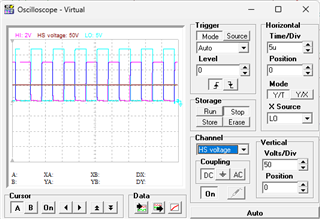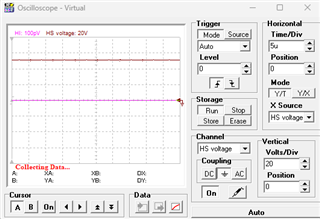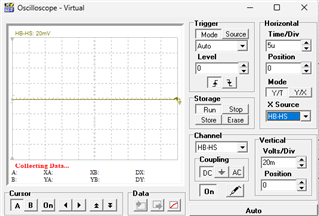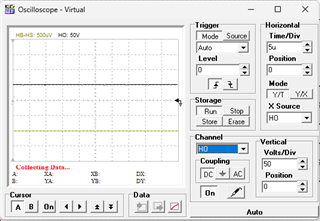Tool/software:
Hlo team,
I'm using UCC27714 for switching LLC converter I faced few issues while testing in the lab, So I want to simulate the circuit in TINA.
But I'm not getting exact output what I'm expecting that HO & LO should follow the HI & LI signal with 18V.
And bootstrap capacitor was not charging up to Vdd voltage, here I'm attaching the .TSM file please correct and revert if any changes required.
Thanks
Umesh D.slum494 ROHM.TSC





